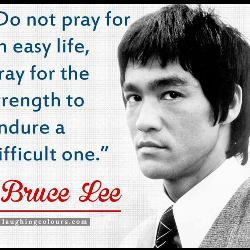I've never been involved in an IPO so closely ever
Post# of 33169

https://www.nasdaq.com/markets/ipos/activity....b=upcoming
The one thing that excites me is that we can be priced higher based on our new valuation. Rory had mentioned that we have "firm commitment" from investors and I hope that is translates into "oversubcription" for us.
"If there are a lot of orders (oversubscribed), the company will price the shares higher."
I have a feeling that we will be a lot higher than $7-10 by the time we uplist to NASDAQ but we will all see how it goes.
Here's a good read:
What Is an IPO (Initial Public Offering)?
An Initial Public Offering (IPO) is the first sale of stocks issued by a company to the public.
Initial Public Offering (IPO)
Companies that are looking to grow often use an Initial Public Offering to raise capital. The biggest advantage of an IPO is the additional capital raised. The capital raised can be used to buy additional property, plant and equipment (PPE), fund research and development (R&D), expand, or pay off existing debt. There is also an increased awareness of a company through an IPO, which typically generates a wave of potential new customers.
In addition, private investors/founding partners/venture capitalists can use an IPO as an exit strategy. For example, when Facebook went public, Mark Zuckerberg sold nearly 31 million shares worth US$1.1 billion. A public offering is one of the most common ways venture capitalists make a significant amount of money.
Steps in an Initial Public Offering (IPO)
The first step in an Initial Public Offering is to hire an investment bank, or banks, to handle the IPO. Investment banks can either work together, with one taking the lead, or work alone.
Next, everyone involved in the IPO – the management team, auditors, accountants, the underwriting banks, lawyers, and Securities and Exchange Commission (SEC) experts – attend a meeting to discuss the offering and determine the timing of the filing. Similar meetings happen throughout the entire underwriting process.
After the meeting, due diligence is required to be conducted on the company to make sure the registration statements are accurate. Tasks include market due diligence, legal and IP due diligence, financial and tax due diligence.
The end result of the due diligence is the S-1 Registration Statement. The information in the statement includes historical financial statements, key data, company overview, risk factors, and more.
A pre-IPO analyst meeting is held after the S-1 Registration Statement is filed to educate bankers and analysts about the company. Bankers and analysts are also briefed on how to sell the company to investors. A preliminary prospectus can also be drafted.
Pre-marketing is conducted to determine whether institutional investors like the sector and the company, and the price they would pay per share. In conjunction with the internal valuation, a price range for the offering is set by the banks. The S-1 Registration Statement is amended with the price range.
After the pre-marketing work and S-1 Registration Statement is completed, the management team travels around the world to meet with investors and market the company. This is a very important process as orders for the number of shares by investors and the price they are willing to pay are determined. The price range may be further revised.
The management team will meet with the investment banks to decide on the final price of the deal based on the orders. If there are a lot of orders (oversubscribed), the company will price the shares higher.
Once the IPO is priced, the investment banks will allocate shares to investors and the stock will start trading in the primary market for the public to buy and sell.
 (2)
(2) (0)
(0)